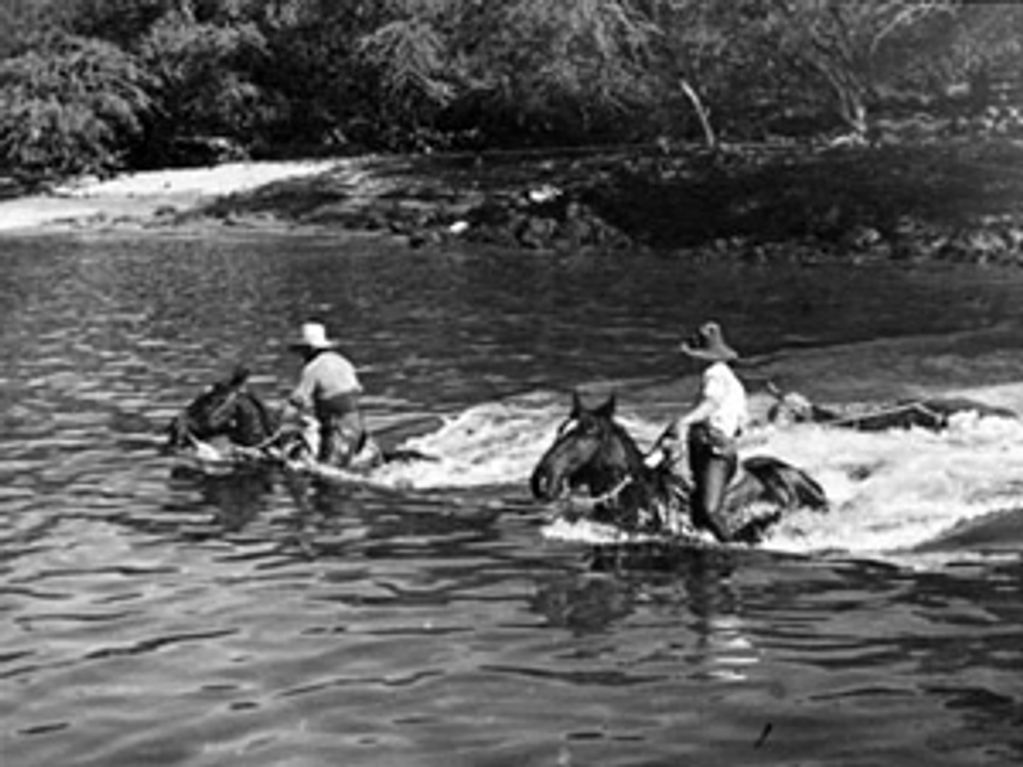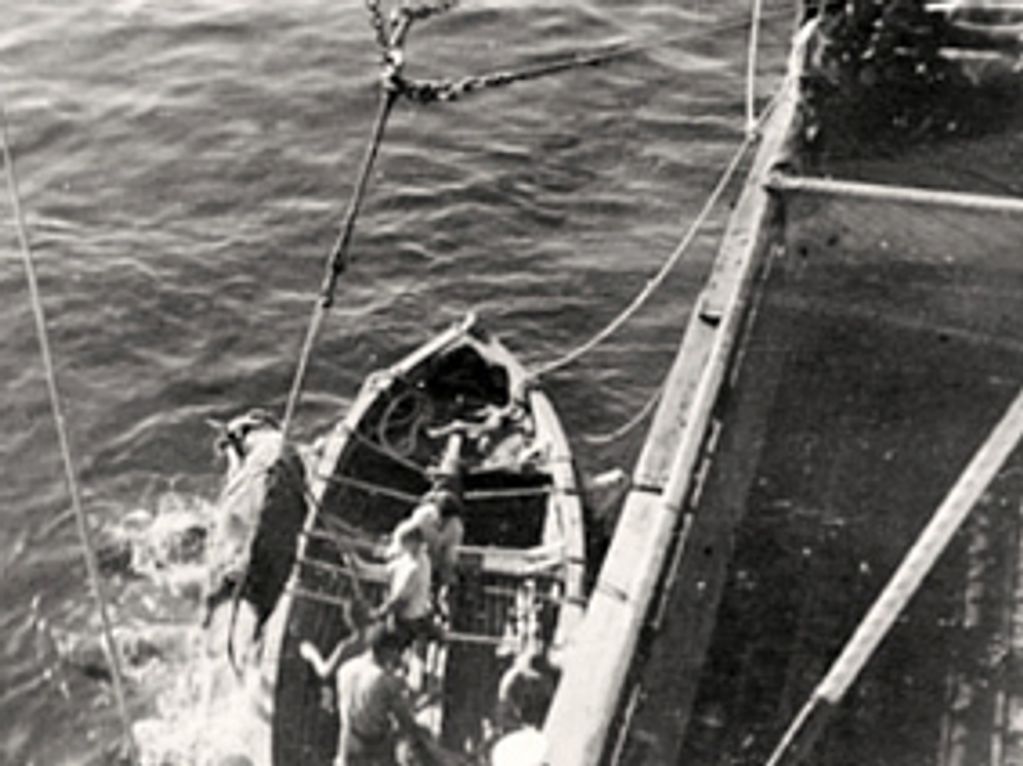Kealia ranch history - introduction of cattle in hawaii

Ancient Hawaii boasted no large land mammals, but with the arrival of Western ships, new plants and animals soon found their way to the Islands. The simple-seeming gift of a few cattle given to Kamehameha I by Captain George Vancouver in 1793 made a major impact on the Hawaii's economy and ecosystem. It also spawned a rich tradition of cowboy and ranch culture that is still visible today.

Spaniards introduced the first cattle to Veracruz, Mexico in 1521. Vancouver picked up descendents of these animals from the Spanish mission in Monterey, California when he set off across the Pacific, intending to use them as food and gifts. The first cows and bulls given the Hawaiians fared poorly, either falling ill and dying or were quickly killed and eaten.

When Vancouver landed additional cattle at Kealakekua in 1794, he strongly encouraged Kamehameha to place a 10-year kapu on them to allow the herd to grow. The 10 year kapu turned into a 37 year kapu. It was not lifted until 1830 during the reign of King Kamehameha III. During the past three plus decades the herds had grown and had turned into a dangerous nuisance.

By 1846, 25,000 wild cattle roamed at will and an additional 10,000 semi-domesticated cattle lived alongside humans. A wild bull or cow could weigh 1,200 to 1,500 pounds and had a six-foot horn spread. Vast herds destroyed natives crops, ate the thatching on houses, and hurt, attacked and sometimes killed people.

Cattle Ranching in Hawaii
In 1830 Kamehameha III lifted the Kapu on cattle and encouraged hunting. The Hawaiian style of ranching originally included capturing wild cattle by driving them into pits dug in the forest floor. Once tamed by hunger and thirst, they were hauled out up a ramp, tied by their horns to a tame older steer that knew where the paddock with food and water was located.

The King hired overseas hunters to help. Many were former convicts from Botany Bay, Australia. Hunting sometimes ended in inadvertent tragedy. In 1834, the body of Scottish botanist David Douglas, for whom the Douglas Fir is named, was discovered in a pit on Mauna Kea. Though suspicious head wounds and missing cash implied murder, bullock traps caught unsuspecting humans with alarming frequency.

Other Arrivals
Cattle were not the only animals introduced to Hawaii during this period. In 1778, Captain Cook had left both goats and pigs with natives. In 1803, American Richard Cleveland presented horses, a stallion and a mare, to Kamehameha. British introduced sheep in the 1790s and they soon damaged the native forests of Mauna Kea and Hualalai at the same time failing as an economic crop

In addition to erosion damage, these animals affected what foreign plants were brought to the Islands. Native Koa, `Ohia, Uhiuhi, Elama, Kauila, Halapepe, `Aiea, Mamane and `Iliahi began to disappear and non-native species were planted as cattle feed. Ranchers introduced North African fountain grass and Mullein. After 1905, they introduced Kiawe, a shallow root thorny tree that is now ubiquitous.

Hawaii's cowboys became known as Paniolo, a corruption of español, the language the vaquero spoke. The term still refers to cowboys working in the Islands and to the culture their lifestyle spawned.

Hawaiians quickly picked up horsemanship, roping and other skills. Hawaiians became Paniolo before the territories of the American West had cowboy or ranch traditions. Pacific Northwest cowboys started in 1846; California and Texas in 1848. Because Hawaiians began working with cattle and horses earlier, their Paniolo traditions were strongly shaped by Mexican vaquero heritage originally from Spain

Even today, traditional Paniolo dress, as well as certain styles of Hawaiian formal attire, reflect the Spanish heritage of the vaquero. The traditional Hawaiian saddle, the noho lio, and many other tools of the cowboy's trade have a distinctly Mexican/Spanish look and many Hawaiian ranching families still carry the names of the vaqueros who married Hawaiian women and made Hawaii their home.

This website uses cookies.
We use cookies to analyze website traffic and optimize your website experience. By accepting our use of cookies, your data will be aggregated with all other user data.